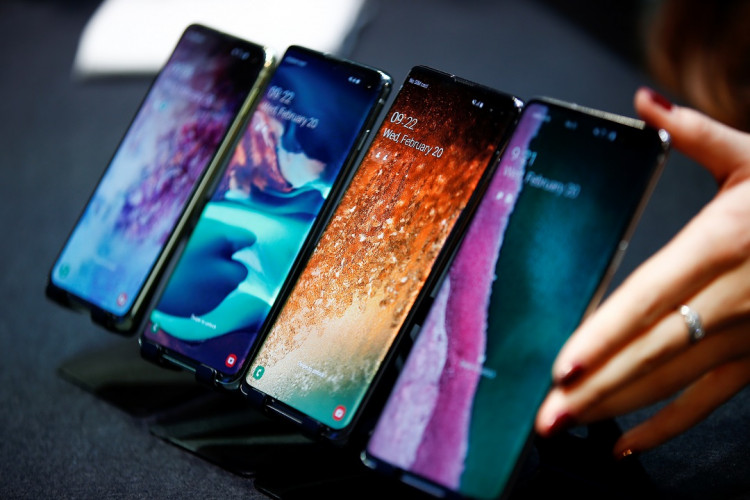The Samsung Galaxy S10 5G now has a new official Korean release date. It was originally announced in late February and supposed to be released late March. Now, the release date is on April 5. The device will be the country's first commercial 5G smartphone. It will share the same bragging rights with Motorola in the US.
Samsung Galaxy S10 5G is reported to be released without a preorder program. But according to Korea's Yonhap, it is quite unusual for the company at it has not yet specified a price for the phone. Thus, it might not be a good sign for new phone technology. Thus, the industry sources cited in the report that the price is expected to be 1.5 million won, that would be $1,330 at current US exchange rates and a premium of more or less $300 over the Galaxy S10+.
Just like the rest of the Galaxy S10 family, there will be a simple reward for the early adopters. Samsung is offering a free Galaxy Buds wireless earphone to the users who register their device purchases between April 5 and April 16. Also, an unspecified wireless charging package and an ominous "50 percent discount on replacing displays, valid for a year," according to Venture Beat.
Samsung Galaxy S10 5G launching in South Korea, here’s when exactly https://t.co/8sUCj1DmsK — Android In Place (@AndroidInPlace) March 22, 2019
Thus, the S10 5G US release date is not yet available as no official announcement has been made. But it is expected to launch with or shortly after the Verizon's mobile 5G network, alongside the Motorola Z3 smartphone. It will then be able to use the 5G when connected to a 5G Moto Mod accessory, according to Rappler.
Verizon is planning to launch 5G services alongside the Motorola Z3, a phone that uses an attachment to gain 5G connectivity as opposed to the S10 5G with its built-in 5G modem. The S10 5G will be a Verizon-exclusive in the US, but it will likely come there sometime after the South Korea launch.
Meanwhile, the S10 5G includes a 6.7-inch 5G screen, front and back 3D depth-sensing cameras, with a 4,500mAh battery with support for the 25-watt fast recharging. In South Korea, it will be able to hit the peak download speeds in the 2.6-2.7 Gbps range using the midrange 5G spectrum. However, it will use a different chipset and higher millimeter wave frequencies in the US. Thus, the performance of the network outside Korea remains unknown.






